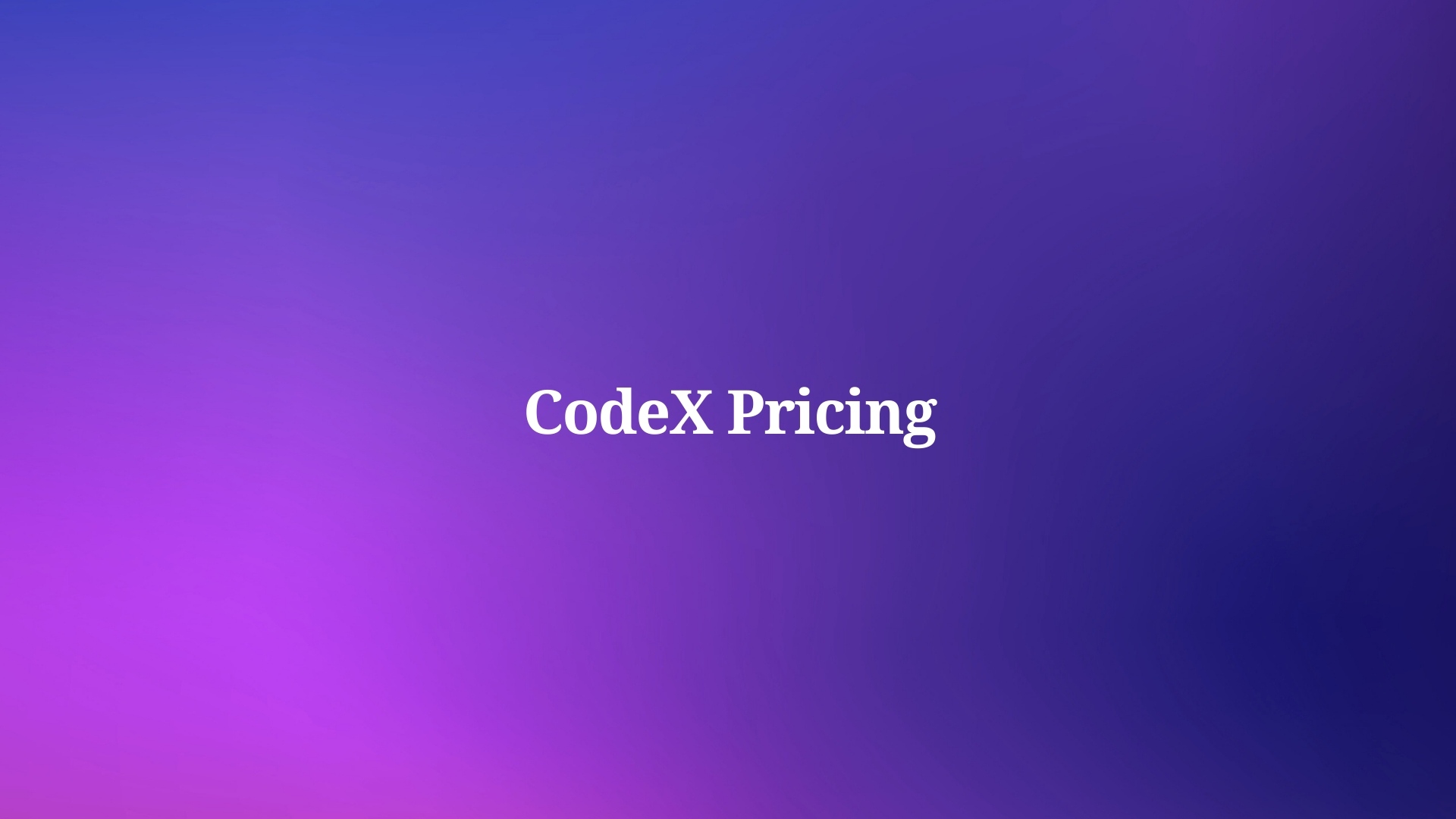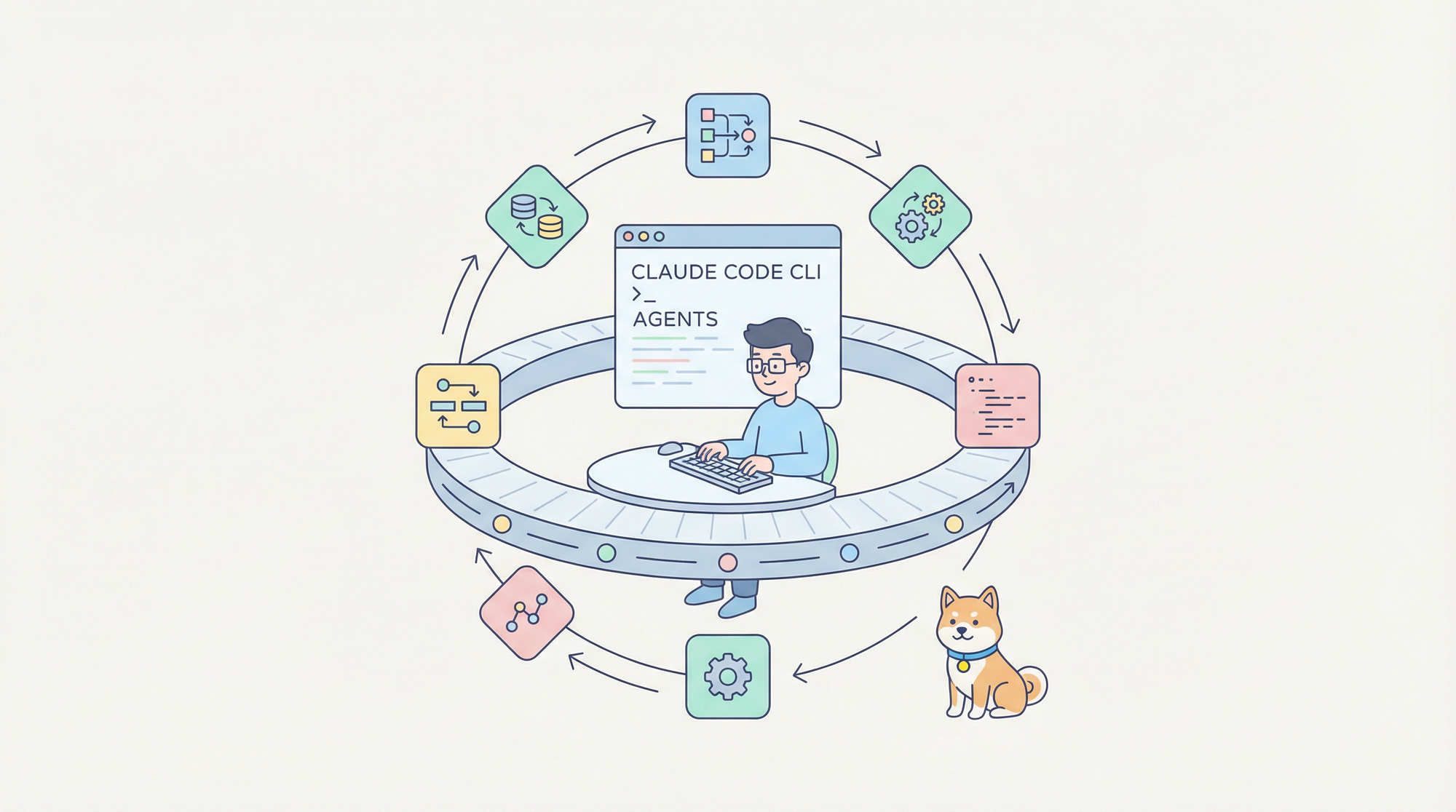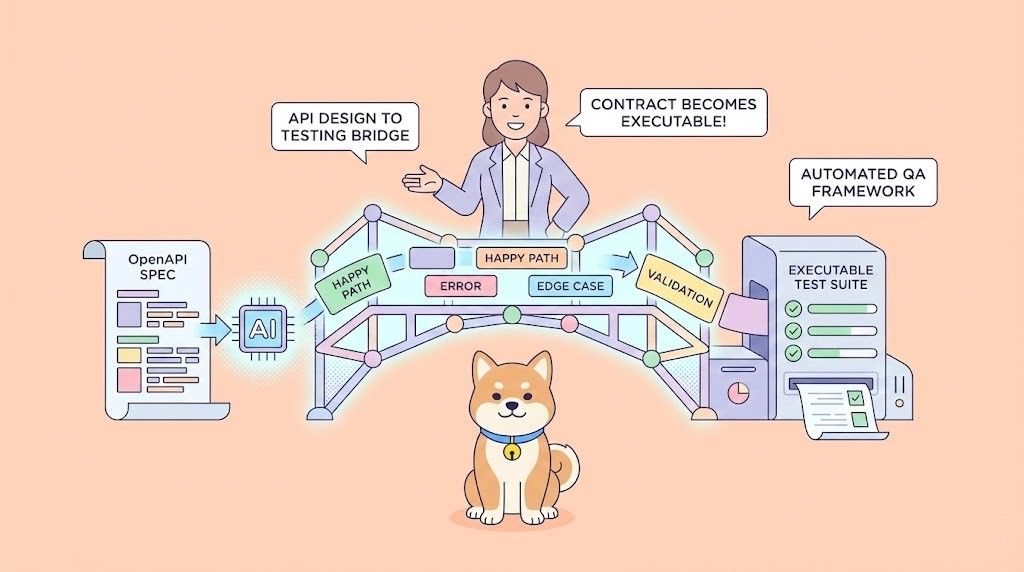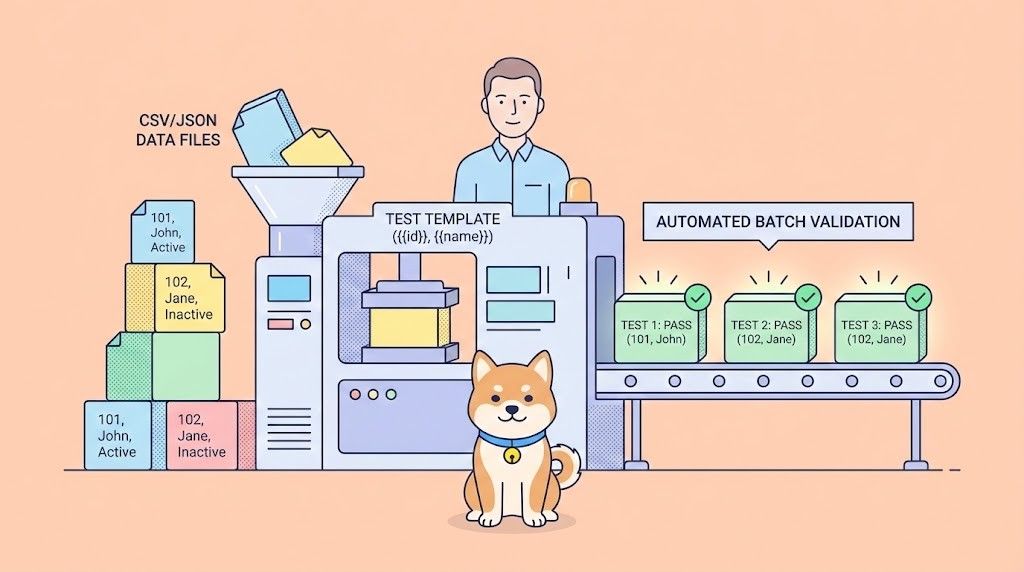GPT-5 Codex emerges as a specialized model from OpenAI, tailored for agentic coding tasks that automate complex engineering workflows. Before exploring the intricacies of Codex pricing, consider how integrating it with complementary platforms can amplify its value.
This article examines GPT-5 Codex pricing in detail, highlighting its structure, features, and implications for professional use. Developers encounter various pricing models in AI tools, and Codex stands out with its blend of subscription-based access and usage-based fees. Moreover, the model's advanced capabilities justify a closer look at its cost-effectiveness. Transitioning from basic overviews to in-depth analyses, we first define what GPT-5 Codex offers.
Understanding GPT-5 Codex: A Technical Overview
OpenAI engineers designed GPT-5 Codex as a fine-tuned variant of the GPT-5 base model, optimized specifically for software engineering tasks. The model employs reinforcement learning from human feedback and draws from extensive real-world datasets to achieve superior performance in code generation, refactoring, and review. Unlike general-purpose language models, GPT-5 Codex incorporates agentic behaviors, enabling it to autonomously handle multistep coding processes.
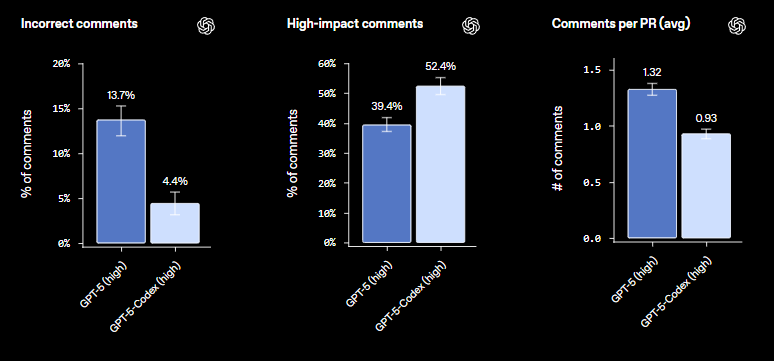
For example, the model processes natural language prompts and generates executable code across languages such as Python, JavaScript, TypeScript, and Go. It also supports multimodal inputs, including screenshots for UI/UX refinements, which allows developers to convert wireframes into functional applications efficiently. Benchmarks demonstrate its prowess: GPT-5 Codex achieves a 74.5% success rate on SWE-bench Verified and 51.3% on refactoring tasks, surpassing its predecessor GPT-5 in accuracy and speed. Additionally, it identifies vulnerabilities like SQL injections and suggests optimizations, making it indispensable for secure development.

However, these features come with considerations for integration. Developers often pair GPT-5 Codex with tools like Apidog, which facilitates API testing and documentation. This synergy reduces debugging time and ensures compliance with standards such as PEP 8. As we move forward, understanding the pricing becomes crucial for assessing its viability in diverse projects.
Breaking Down GPT-5 Codex Pricing: Subscription Plans
OpenAI structures GPT-5 Codex pricing around ChatGPT subscription tiers, providing scalable access based on user needs. The company offers four primary plans: Free, Plus, Pro, and higher-tier options like Business and Enterprise. Each tier grants varying levels of access to GPT-5 Codex, with limits on messages, tasks, and advanced features.
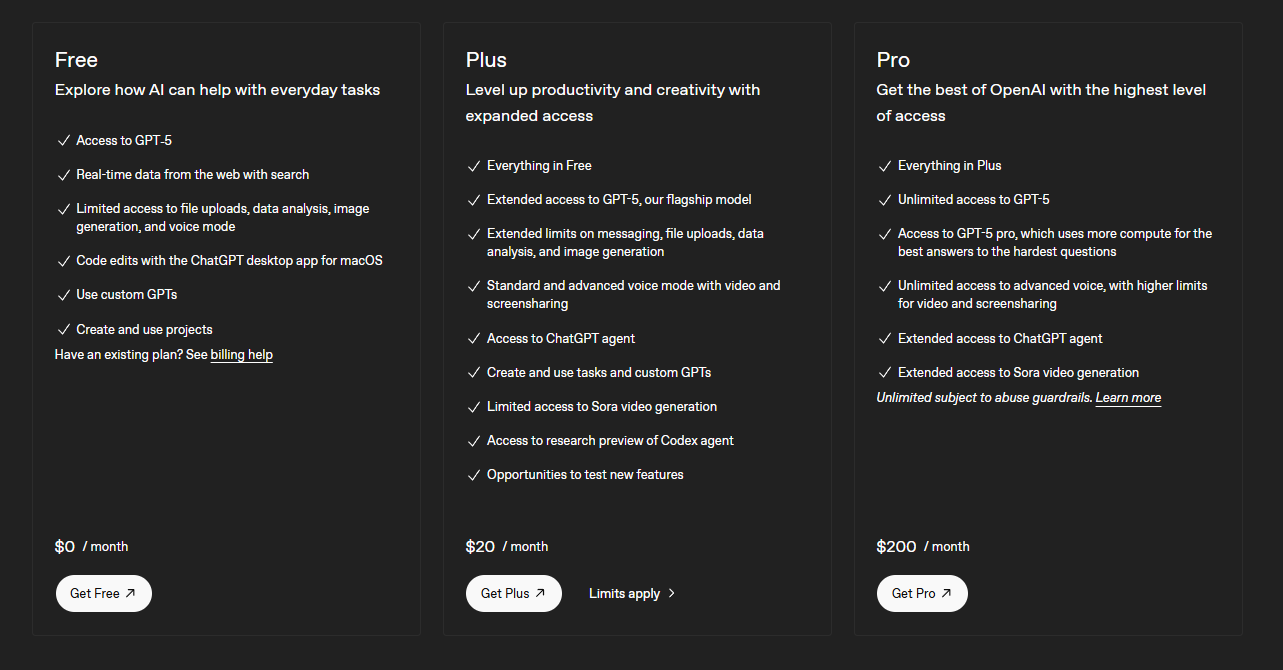
Starting with the Free plan, users gain basic entry to GPT-5 models, including limited Codex functionality for coding tasks. This tier suits hobbyists or those testing the waters, allowing occasional code generation without financial commitment. However, restrictions on message volume—typically capped at lower thresholds—limit its use for intensive projects. OpenAI imposes these guards to prevent abuse, ensuring fair resource allocation.
Transitioning to the Plus plan, priced at $20 per month, developers unlock extended access to GPT-5 Codex. This includes 30-150 local tasks every five hours, with weekly limits, and generous cloud-based sessions for a limited period. The plan supports CLI and IDE integrations, enabling seamless incorporation into workflows like VS Code or JetBrains. For instance, developers execute prompts for code snippets directly in their editors, accelerating prototyping. Moreover, Plus users access research previews of Codex agents, which reason across codebases and documents.
For more demanding users, the Pro plan at $200 per month delivers unlimited access during workweeks, with 300-1,500 local tasks every five hours. This tier caters to professionals handling large-scale refactoring or autonomous app development. Pro subscribers benefit from priority support and expanded context windows, allowing the model to process thousands of lines of code without truncation. Additionally, it includes connectors to platforms like GitHub, where Codex reviews pull requests and suggests improvements in real time.
Business plans, starting at $25 per user per month (billed annually) or $30 monthly, extend these capabilities to teams. They feature unlimited GPT-5 messages and shared credit pools for flexible usage. Enterprises opt for custom pricing, incorporating volume discounts, invoicing, and enhanced security. These plans disable data training by default, addressing privacy concerns in corporate environments.
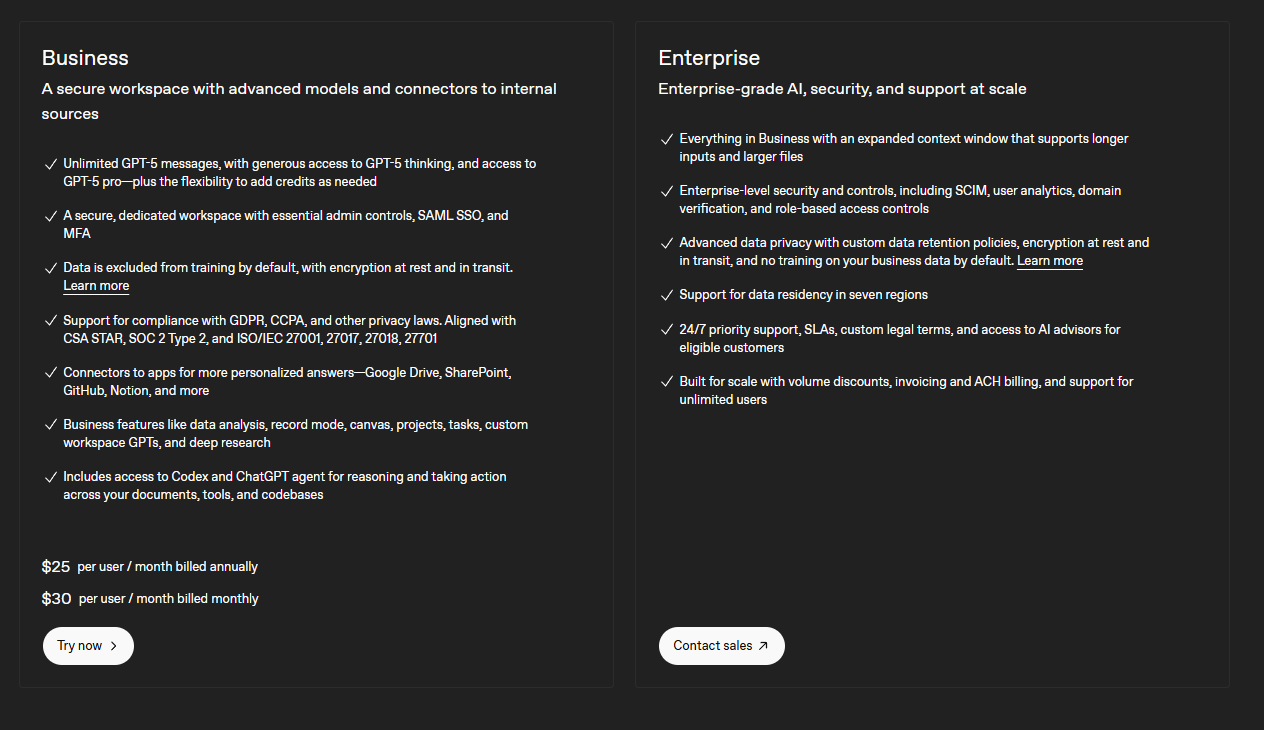
In summary, subscription-based Codex pricing scales with complexity, from free trials to enterprise solutions. Yet, for API-heavy applications, per-token costs add another layer, which we address next.
API and Usage-Based Codex Pricing: Token Rates Explained
Beyond subscriptions, OpenAI bills GPT-5 Codex usage via API keys at standard rates, particularly for CLI and IDE extensions. Developers configure environment variables like OPENAI_API_KEY to enable this, drawing from the platform's pricing matrix.
The API employs a per-token model, where costs accrue based on input and output volumes. For GPT-5 mini, a cost-effective variant suitable for well-defined coding tasks, input tokens cost $0.250 per million, cached inputs at $0.025, and outputs at $2.000 per million. Higher-end models like GPT-5 high incur elevated rates, though specifics for Codex-tuned versions align closely with GPT-5 standards—approximately $1.25 per million tokens for basic access.
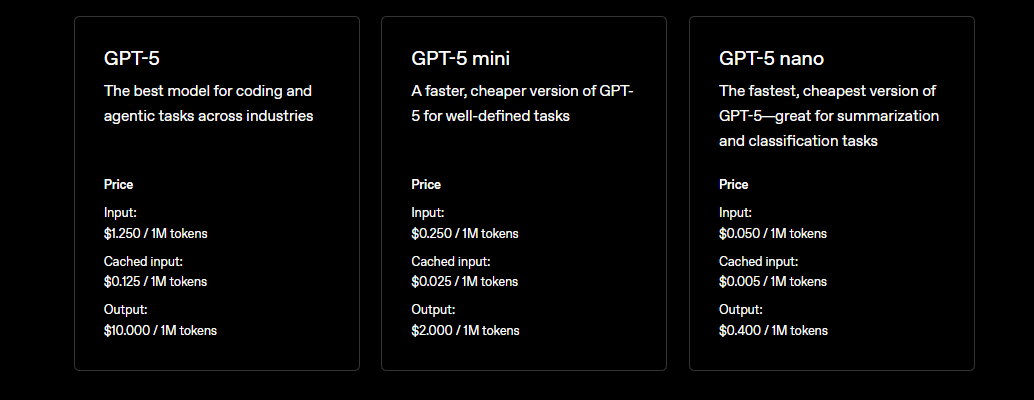
Consider a practical scenario: Generating a RESTful API for user authentication might consume 5,000 input tokens (prompt details) and 2,000 output tokens (code). At $1.25 per million, this equates to negligible cents per request. However, scaling to thousands of iterations in a CI/CD pipeline amplifies expenses. OpenAI mitigates this with caching, reducing repeated input costs by 90%.
Furthermore, image-related tasks in Codex, such as analyzing UI screenshots, add variable fees—$0.01 for low-resolution outputs, up to $0.17 for high. Developers monitor usage via the OpenAI dashboard to avoid surprises. Transitioning smoothly, integrating tools like Apidog helps optimize these costs by validating outputs early, minimizing iterative API calls.
Comparing GPT-5 Codex Pricing to Alternatives
Developers evaluate Codex pricing against competitors to determine value. For instance, Anthropic's Claude or Google's Gemini offer similar code generation, but with differing structures. Claude's Pro tier at $20/month mirrors OpenAI's Plus, yet lacks Codex's agentic depth in benchmarks. Gemini's API rates start lower at $0.20 per million tokens but cap at smaller context windows, hindering large codebase handling.
Moreover, open-source options like Meta's Code Llama provide free access, though they demand self-hosting infrastructure, potentially costing $100+ monthly in cloud resources. Codex excels in managed services, with OpenAI handling updates and scaling. However, for budget-conscious teams, combining free tiers with Apidog's no-cost plan yields hybrid efficiency.
In active comparisons, GPT-5 Codex's 74.5% SWE-bench score justifies premium pricing for high-stakes projects. Teams report 50% faster development cycles, offsetting costs through productivity gains. As we proceed, exploring integrations reveals further savings.
Integrating GPT-5 Codex with Apidog: Enhancing Workflow Efficiency
Apidog serves as an all-in-one API management platform, perfectly complementing GPT-5 Codex's code generation. Developers generate API code via Codex prompts, then export OpenAPI specs to Apidog for automated testing, mocking, and documentation. This integration streamlines validation, catching errors before deployment.
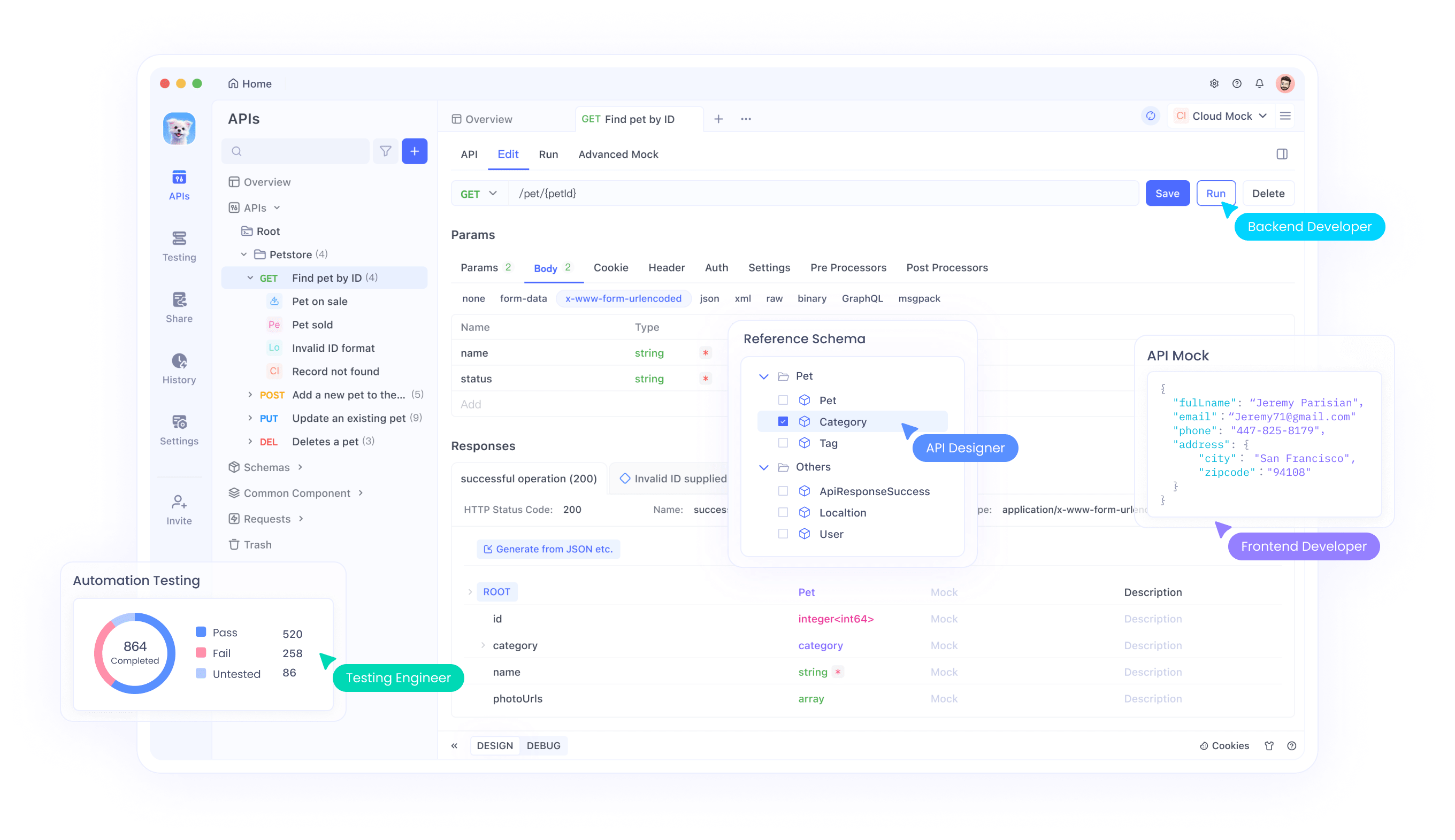
For example, after Codex creates a Node.js Express route for e-commerce CRUD operations, Apidog imports the spec and runs test suites for edge cases like invalid inputs or authentication failures. The free tier of Apidog supports unlimited projects, making it accessible for experimenting with Codex outputs. Additionally, Apidog's security scans align with Codex's vulnerability detection, creating a robust pipeline.
Transitioning to setup, users install Codex CLI with npm and authenticate, then use Apidog's importer. This process reduces manual effort, allowing focus on innovation. Moreover, for teams on Business plans, shared Apidog workspaces synchronize with Codex's GitHub connectors.
Real-World Examples of GPT-5 Codex in Action
GPT-5 Codex transforms prompts into functional code, as seen in various applications. One example involves building a photobooth app: A prompt for a pixel art game yields HTML with JavaScript for movement, dialogues, and bug-catching, using canvas for rendering.
Another case: Creating a work management platform with a kanban board. Codex outputs a single-page app featuring draggable cards, modals, and local storage, incorporating ARIA for accessibility. Developers then test APIs in Apidog, ensuring smooth backend integration.
For front-end tasks, converting wireframes to apps generates HTML with Tailwind CSS via CDN, including form validation. In API development, Codex crafts JWT-based authentication in TypeScript, which Apidog validates through simulated requests.
Furthermore, code review in GitHub repos: Codex sandboxes code, executes tests, and flags issues like injections. This agentic approach handles routine tasks, freeing developers for strategic work.
Extending to security, Codex refactors code for optimization, achieving 51.3% success in benchmarks. Teams integrate Apidog for performance benchmarks, ensuring scalable deployments.
Benefits and Challenges of Adopting GPT-5 Codex
Adopting GPT-5 Codex yields significant benefits, including accelerated prototyping and reduced error rates. Developers complete tasks 2-3 times faster, as the model autonomously manages complexities. Moreover, its multilingual support broadens applicability, from web apps to embedded systems.
However, challenges persist. Hallucinations in ambiguous prompts require iterative refinement, increasing token usage and costs. Token limits in lower tiers constrain large projects, necessitating upgrades. Additionally, dependency on OpenAI's infrastructure raises availability concerns during outages.
To mitigate, best practices include detailed prompts and tool chaining with Apidog. This combination minimizes iterations, controlling expenses. Therefore, while Codex pricing demands budgeting, its ROI in efficiency often outweighs drawbacks.
Future Prospects for GPT-5 Codex and Pricing Evolution
OpenAI continues evolving GPT-5 Codex, with upcoming API expansions and deeper IDE integrations. Pricing may adjust, potentially introducing mid-tier options between Plus and Pro, as community discussions suggest.
Moreover, advancements in autonomy could reduce human oversight, enhancing value. Developers stay informed via OpenAI communities, adapting to updates.
In conclusion, GPT-5 Codex pricing offers accessible entry points for transformative coding, especially when paired with Apidog. By understanding these costs, developers make informed decisions, driving innovation efficiently.
